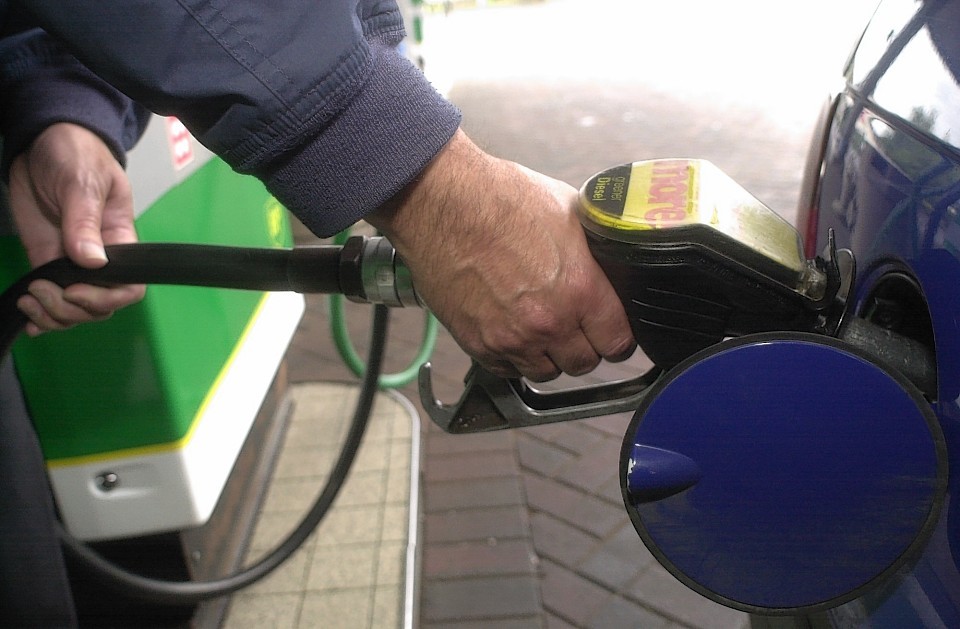
A diesel excess that has loomed over Europe for years is arriving, threatening to swamp refining margins with a flood from Saudi oil refineries and Asian units that feasted on a glut of light sweet crude oil.
Price-driven demand and refinery glitches that forced Latin America to import more postponed the reckoning. But with a string of tankers loading diesel in the Middle East, and more than 1.5 million tonnes set to arrive from the United States, Europe’s distillate prices are falling and margins narrowing.
“In effect, Europe is caught in the crossroads of these trade flows,” said Harry Tchilinguirian, global head of commodity markets strategy at Societe Generale. “We don’t have sufficient strength to absorb the increased production and the imports.”
Crude producer Saudi Arabia has ramped up exports now that its 400,000 barrel per day (bpd) Yasref refinery has reached full capacity.
At least seven vessels have been provisionally booked to load diesel from Yasref for Europe from late July into the first week in August alone, shipping fixtures show. They carry more than half a million tonnes of diesel, enough to meet demand in Germany for nearly a week.
At the same time Asian refineries that binged on cheap Atlantic Basin crudes are churning out distillates. But demand growth in Asia’s top consumer China has slowed, while its previous key importer, the Middle East, is increasingly sated by its own refineries.
“The Atlantic basin is trying to get rid of its crude by sending it to Asia, and Asia is trying to get rid of its distillates by sending them to Europe,” said Olivier Jakob, director of PetroMatrix. “Right now, the diesel market seems to be very well supplied.”
European refinery runs, driven by runaway gasoline demand, averaged 85 percent in the second quarter, according to the International Energy Agency. U.S. refineries processed a record amount of oil earlier this month.
Cavernous storage tanks across Europe have plenty of space. But with the world’s diesel producers setting their sights on Europe, even these could be pushed to the limit.
The distillates stored in Europe’s Amsterdam-Rotterdam-Antwerp hub jumped a further 10 percent the first week in July, according to industry monitor Genscape. They showed just under 40 percent of storage still free.
But John Abbott, Shell’s downstream director, noted that consumers have likely used low prices to build stock elsewhere – even in back garden tanks.
The margin of ICE low sulphur gasoil futures above Brent crude has already lost 20 percent of its value over the past two weeks, slipping close to the lowest this year below $12 per barrel.
In Asia, distillate cracks, or the money refineries can make producing it, have already crashed, which some say is ominous for Europe.
“We would look at this as a warning sign,” JBC Energy analyst Michael Dei-Michei said. “With the arbitrage window open, it’s difficult to see distillates doing well in Europe.”
Recommended for you
